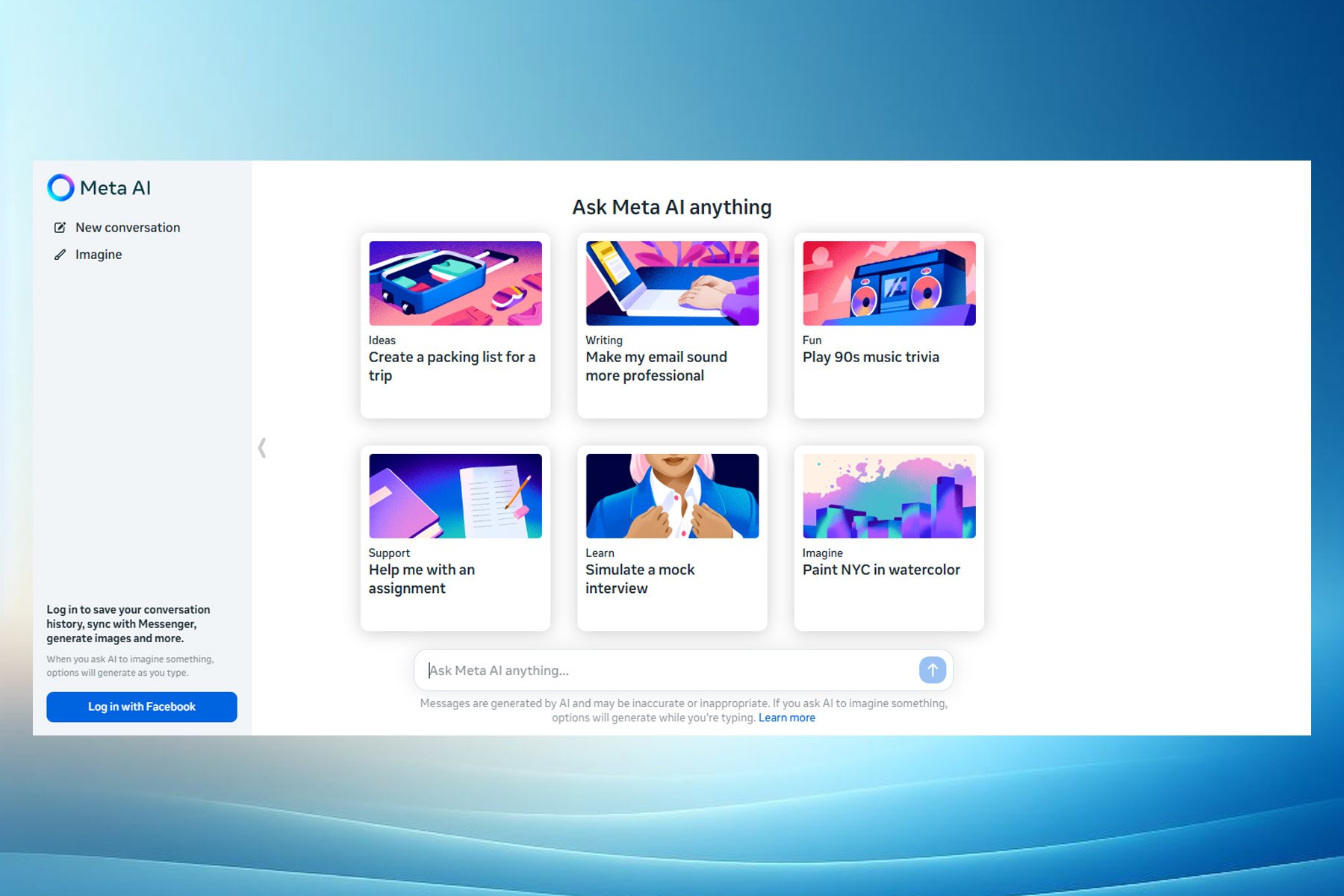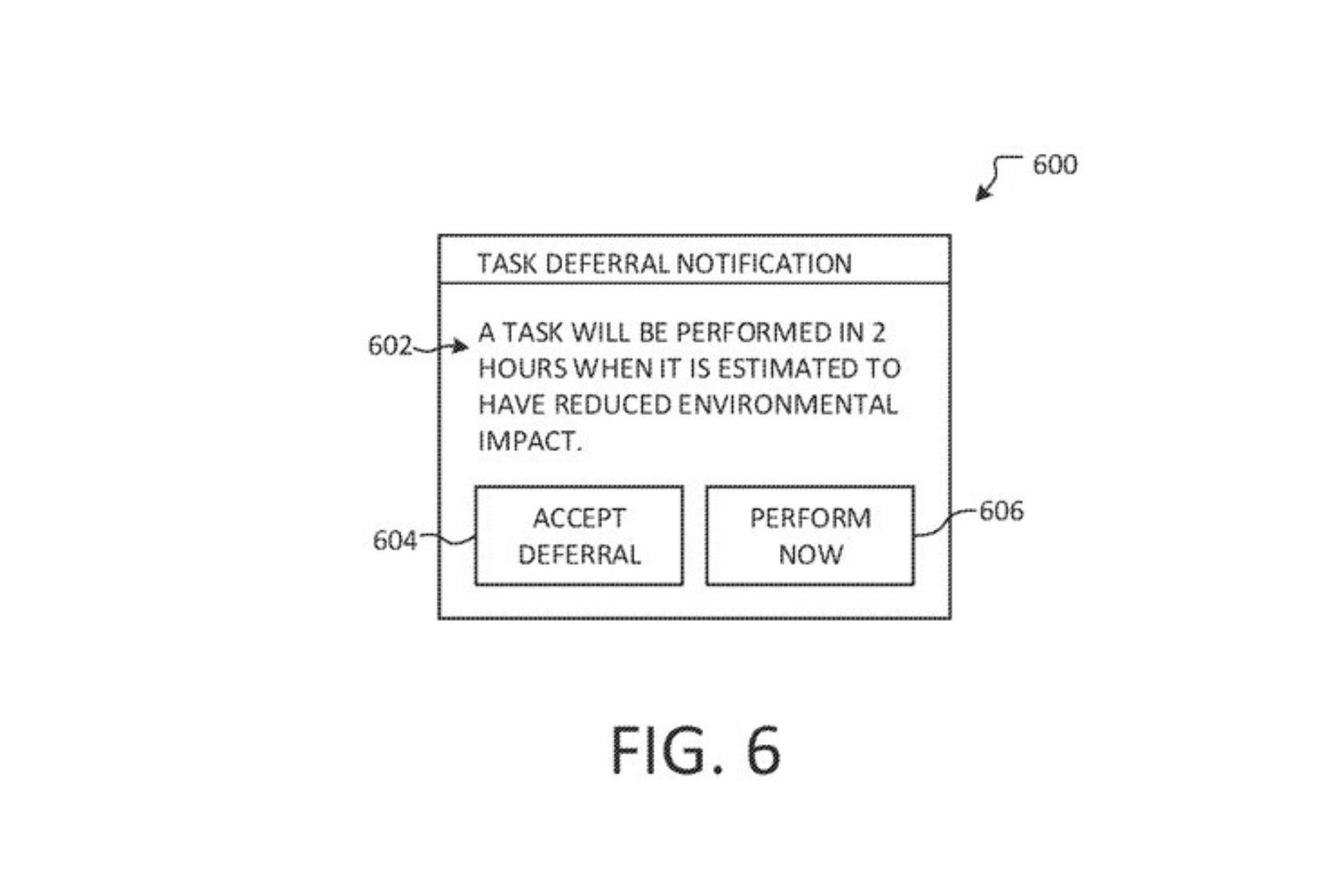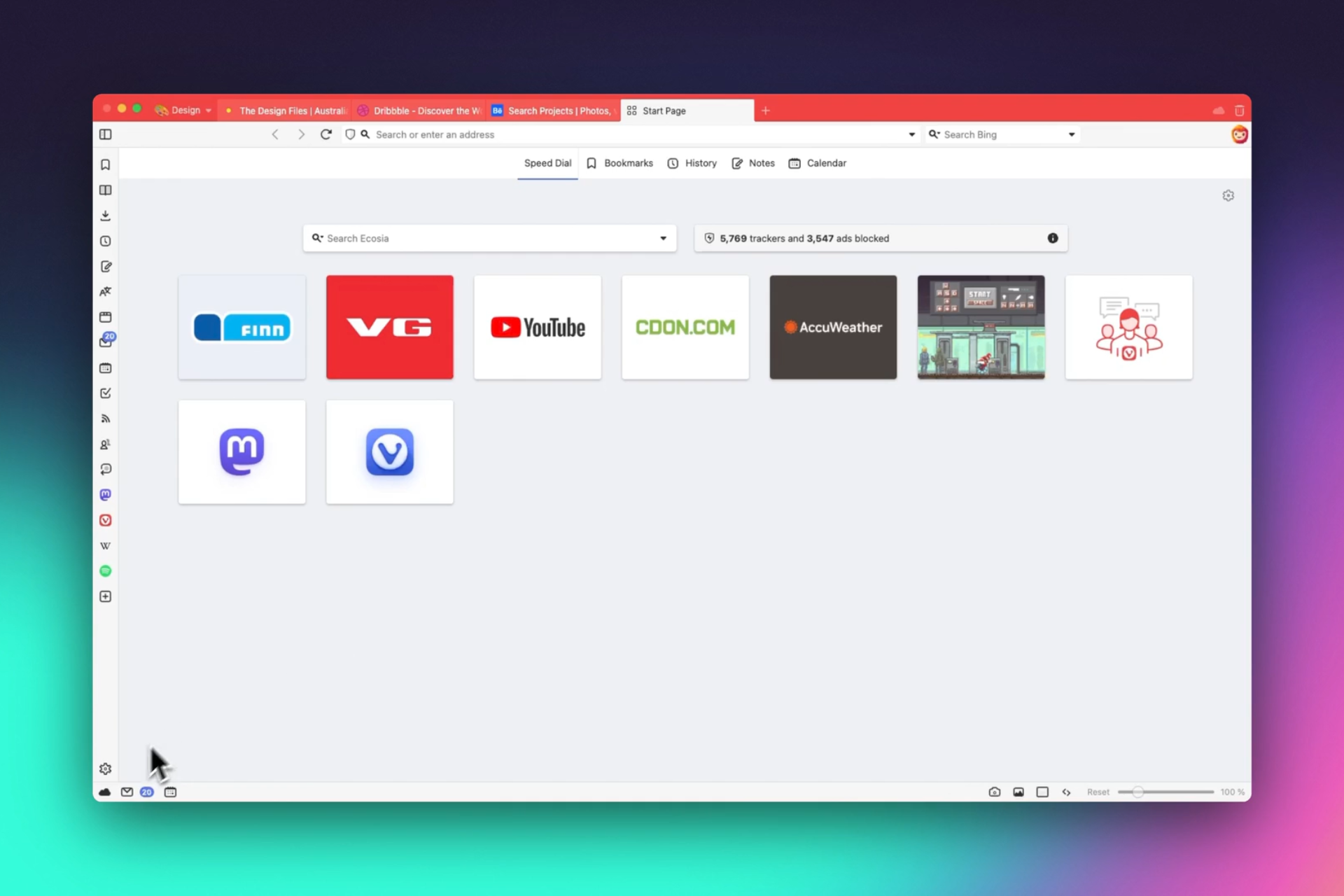Microsoft’s WiFi Sense appears in Apple’s iOS 11
2 min. read
Published on
Read our disclosure page to find out how can you help Windows Report sustain the editorial team Read more

WiFi Sense originated in Windows Phone 8.1 as a way to reduce the friction involved with accessing WiFi on mobile devices. (Microsoft’s Windows 10 also included it.) And like other innovative Windows Phones feature that ended up being used successfully on other platforms than Microsoft’s, WiFi Sense was ditched by Microsoft and Apple managed to make the most of it for iPhones and iPads.
How WiFi Sense worked on Windows 8.1
Windows phone users would use WiFi Sense to automatically connect to Microsoft sanctioned WiFi hotspots, or they could automatically turn on and off their WiFi according to their location.
They could also share WiFi passwords to people from their contact list and when someone came to their home, they were able to gain access to WiFi without needing to ask for the password.
On the other hand, when this feature was added to Windows 10 and penetrated the mainstream, it received severe backlash and Microsoft was forced to remove it from all future Windows updates and to disable the servers.
WiFI Sense reaches iOS 11
Now with iOS 11, all iPad and iPhone owners are now able to enjoy the WiFi password sharing features that were first developed by Microsoft. It seems that Apple fixed an oversight by Microsoft that allows users to only share access on a per-person basis instead of sharing access to everyone in their contact list automatically. This would fix one of the major flaws of WiFi Sense.
iOS 11 will also be used on more mobile devices developed by Apple than it was on the Windows phone. As a result, the feature will most likely get an increased mobile traction than it was able to get when it first debuted with Microsoft.
RELATED STORIES TO CHECK OUT:








